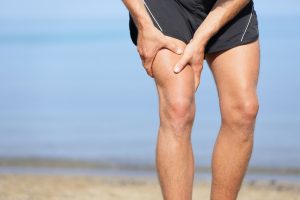
One of the modalities you will study at ASIS Massage Education is kinesiology, the study of human movement, which is closely related to two other scientific disciplines, anatomy and physiology.
Anatomy is the study of the body’s form and physiology is the study of the body’s function—meaning that while anatomy is concerned with the “what” (muscles, tendons, and so on), physiology is all about the “how.”
To understand how the human body moves, you need to become familiar with anatomy—the muscles, tendons, ligaments, nerves, and fascia (connective tissue) that make up the human body, as well as physiology—how do all these parts work?
Your knowledge of the “what” and the “how” will assist you in performing palpation, one of the techniques integrated into the study of kinesiology. Palpation is a technique used by massage therapists to target a specific muscle and “examine” it to assess its “health.”
You will learn to determine important factors such as whether the muscle is loose or tight, if it is tender, or if there are signs of inflammation, for example. An understanding of kinesiology will help you treat future clients, especially those suffering from injuries or chronic pain.
After graduation, you can specialize in kinesiology by taking CE (Continuing Education) courses—an option you may want to consider, especially if you are thinking of specializing in Sports Massage.
To learn more about the modalities we teach at ASIS Massage Education, check out our course descriptions page or give us a call at 1-866-334-3348.